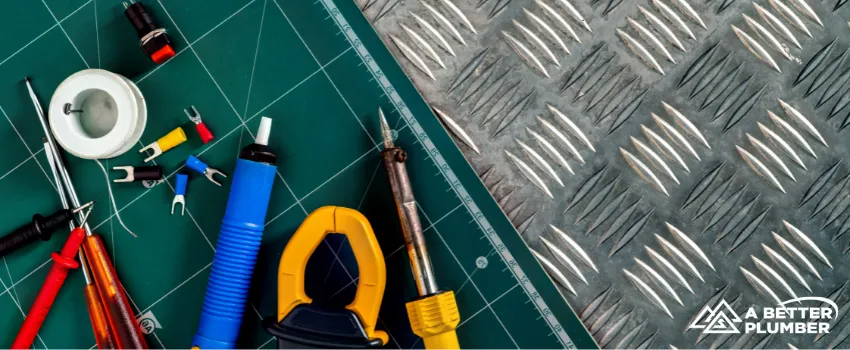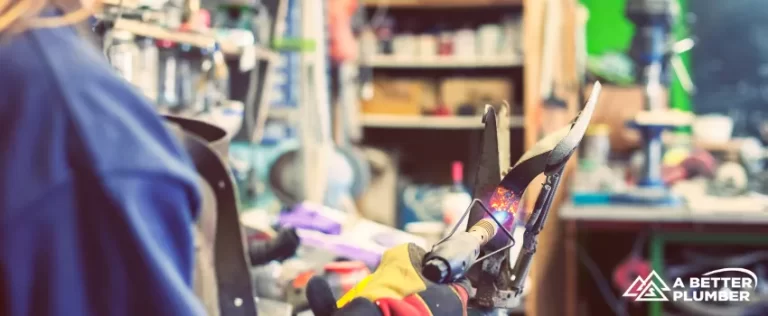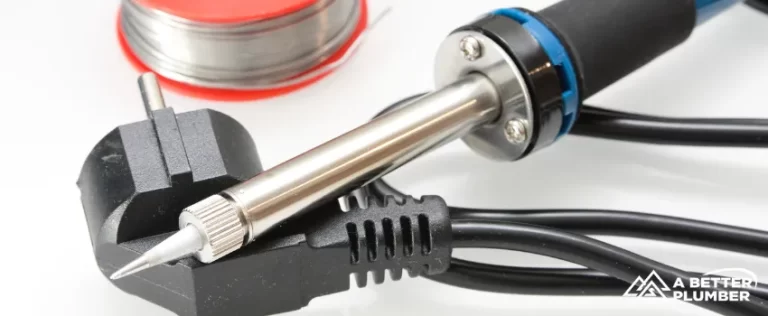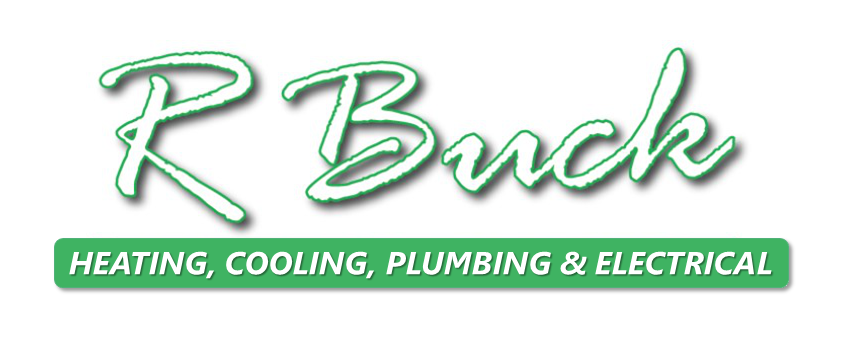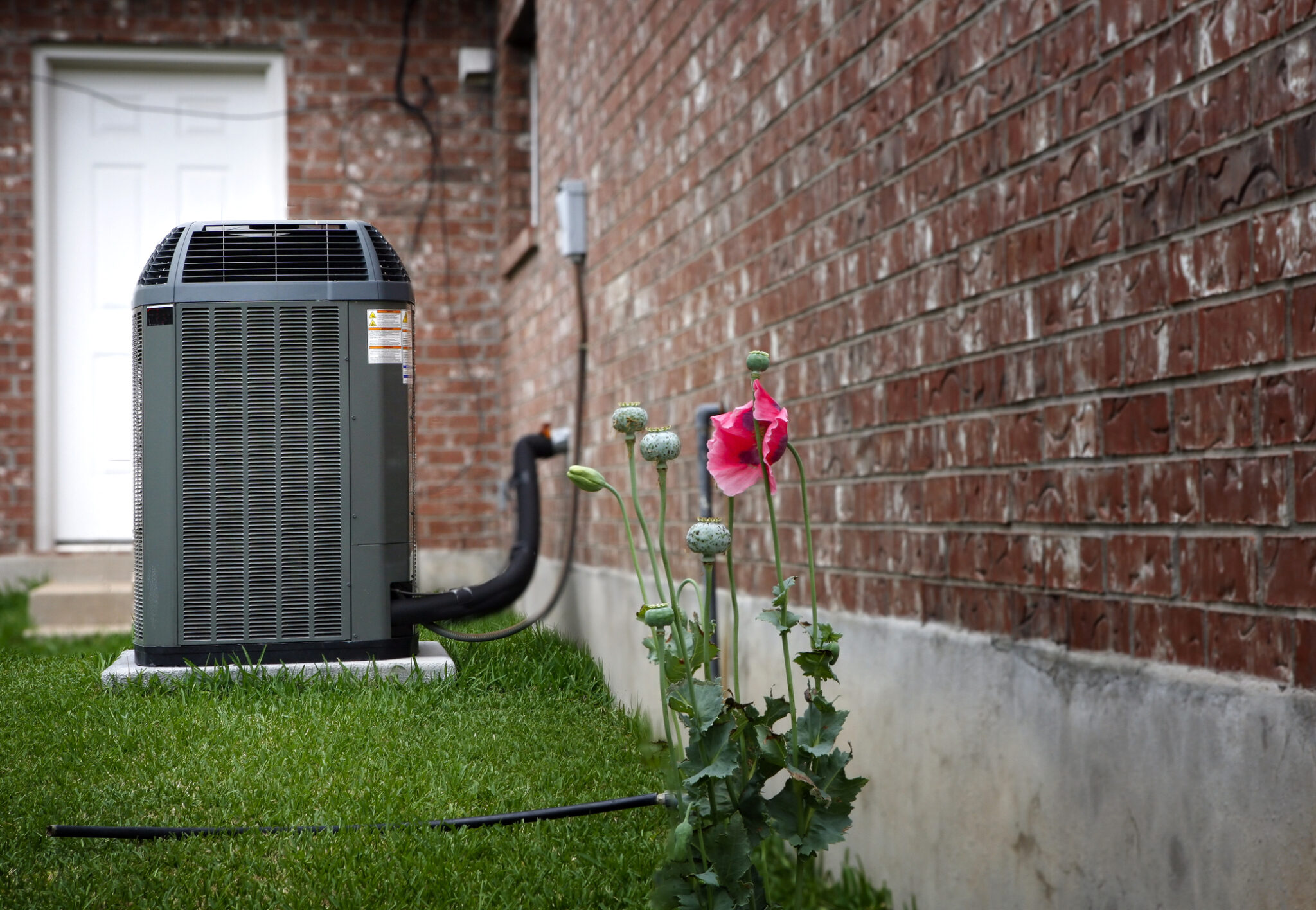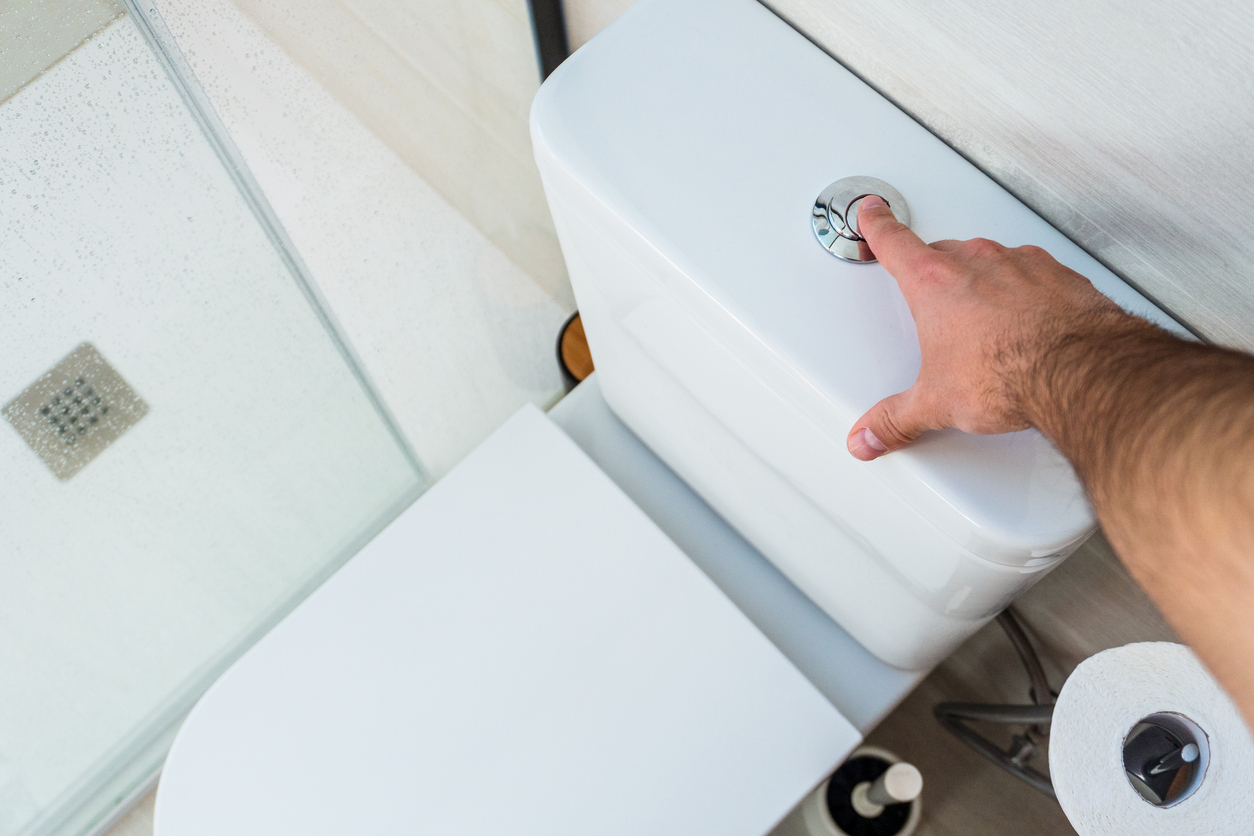Brazing vs. Soldering: A Basic Lesson in Pipe Connection
Table of Contents
- What Is Brazing?
- What Is Soldering?
- Brazing vs. Soldering: Key Differences
- Do Plumbers Braze or Solder?
- Which Creates a Stronger Joint:Brazing or Soldering?
- What Are the Advantages and Disadvantages of Brazing and Soldering?
- Key Takeaway
- Ensure stronger plumbing pipe connections with Absolute Electrical Heating and Air.
In plumbing, there’s a never-ending discussion between brazing vs. soldering regarding pipe connections. The two widely used techniques involve joining metal components by melting a filler material, solidifying, and forming a bond. While both share similarities in their approach, they differ in key aspects that make each method suitable for specific applications.
The choice between brazing and soldering depends on the materials being joined, the working conditions, and desired joint strength. Understanding the differences between the two is essential for individuals involved in pipe connections to ensure the installation of reliable and efficient plumbing systems.
What Is Brazing?
Brazing involves heating metal components to a temperature typically above 840 degrees Fahrenheit. At this elevated point, a filler material with a lower melting point, known as brazing alloy, is melted and distributed between the joint surfaces by capillary action. The alloy solidifies, creating a strong bond that withstands high pressures and temperatures.
What Is Soldering?
Soldering utilizes lower temperatures, generally below 840 degrees Fahrenheit. A lower melting point filler material, solder, is melted and flows into the joint, creating a solid connection when cooled. While soldered joints may not possess the same strength as brazed models, they are often sufficient for applications with lower pressure and temperature requirements.
Brazing vs. Soldering: Key Differences
While brazing and soldering may appear similar at first glance, there are notable differences between the two methods, such as the following:
1. Temperature Requirements
One key difference between soldering and brazing lies in their temperature requirements. Brazing typically requires higher temperatures, whereas soldering is performed at lower settings. The elevated temperatures in brazing are its main advantage over soldering as it causes the alloy to melt and flow between joint surfaces, creating a strong bond in the process.
2. Filler Materials Used
Brazing utilizes a brazing alloy as the filler material, which has a higher melting point than the base metals being joined. This alloy typically contains a combination of copper, silver, or other metals. In contrast, soldering employs solder, which has a lower melting point than base metals. Solders are often composed of tin, lead, or various lead-free alternatives.
3. Strength of Joints
In basic soldering vs. brazing comparison, it’s often clear that the strength of joints formed through the two methods differs greatly. Brazed joints are generally stronger than their soldered counterparts due to the higher temperatures involved and the use of brazing alloys with better mechanical properties.
Also, brazing can create robust pipe connections capable of withstanding high pressures and temperatures, making it suitable for applications requiring greater joint strength. While not as strong as the brazed model, soldered joints can still be used in many plumbing applications with lower pressure and temperature requirements.
4. Application Suitability
This is another key difference between soldering and brazing. Brazing is commonly employed when high joint strength is necessary, such as in HVAC systems, refrigeration units, and high-pressure pipelines.
Meanwhile, soldering is often utilized in applications where lower joint strength is acceptable, such as in water supply lines, drainage systems, and smaller pipe connections. The choice of what method to use depends on factors such as the materials being joined and the performance demands of the plumbing system.
Do Plumbers Braze or Solder?
Plumbers don’t often do a brazing vs. soldering comparison because they usually employ both techniques in their line of work. However, this can depend on the specific requirements of the plumbing project.
For instance, plumbers commonly utilize soldering for copper pipe connections in residential plumbing systems. This is because soldering, in this case, can provide a secure and reliable joint capable of withstanding typical water pressure and temperature conditions.
However, in industrial or commercial settings with higher pressures or temperatures, plumbers may opt for brazing when connecting pipes to ensure a stronger and more durable plumbing system. Ultimately, deciding whether to braze or solder depends on the individual circumstances of the plumbing project and the expertise and judgment of the plumber.
Which Creates a Stronger Joint: Brazing or Soldering?
When comparing joint strength in a brazing vs. soldering chart, brazing will create generally stronger joints than soldering. The higher temperatures involved in brazing allow the brazing alloy to penetrate the joint surfaces effectively, resulting in a strong metallurgical bond.
In contrast, soldering relies on a mechanical bond created by the solidified solder material. Often, however, this does not possess the same strength as a metallurgical bond.
What Are the Advantages and Disadvantages of Brazing and Soldering?
Brazing offers several advantages, including superior joint strength, enhanced resistance to high temperatures and pressures, and the ability to join dissimilar metals. Brazed joints are also known to be robust and durable, making them suitable for demanding plumbing applications.
However, the method requires higher temperatures, specialized equipment, and additional skill and expertise to produce the needed results. It also typically involves brazing alloys, which can be more expensive than soldering materials.
On the other hand, soldering is affordable, requires lower temperature settings, and has an easy-to-follow process. Soldered joints can be made quickly and efficiently, making the technique popular for various plumbing applications.
Even so, soldered joints are not as strong as those produced through brazing, limiting their usefulness significantly. Additionally, soldered joints will appear more prone to failure under extreme conditions or mechanical stress in a soldering vs. brazing match-up.
Key Takeaway
When deciding between soldering and brazing, you should consider factors like the available budget, the expertise of the people involved, and the specific requirements of the plumbing project. Equally significant is knowing what each method offers regarding benefits and drawbacks so you can make the correct choice.
Of course, gaining knowledge about brazing and soldering should not be taken as a license to do the job yourself. Both techniques are best handled by professionals like certified plumbers because risks are always involved.
Ensure stronger plumbing pipe connections with Absolute Electrical Heating and Air.
In a typical plumbing system, all pipes must be together precisely and strongly. Otherwise, you’ll have problems like leaks and burst pipes.
At Absolute Electrical Heating and Air, you can trust our Denver plumbing team to deliver superior quality workmanship and reliable pipe connections for your plumbing needs. We are the acknowledged experts when it comes to plumbing. Call us today.
CONTACT US
Request Service


Save Every Year with an Absolute Advantage Membership
Expert Annual System Safety Inspections & More
- Priority service
- Waived dispatch fees
- Yearly furnace, A/C, & electrical system inspections
- 10% discount on repairs and additional diagnostic services
- Up to $500 off HVAC & electrical panel replacements




